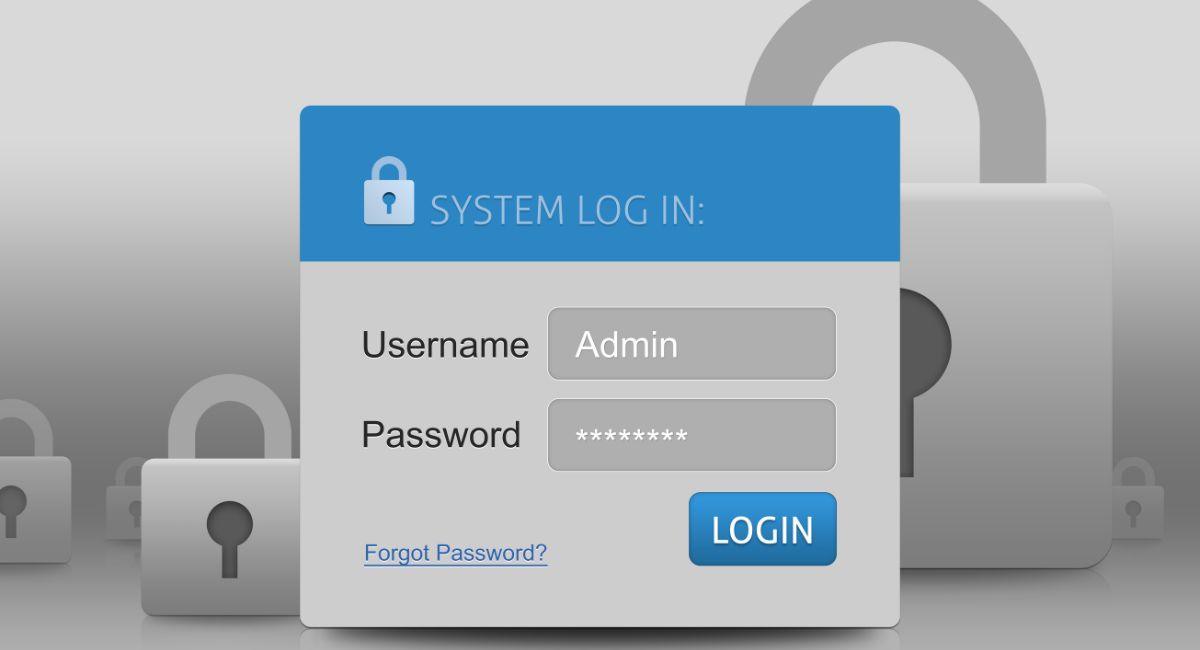Fraud is a serious threat to businesses of all sizes, causing significant financial losses and damaging the reputation of the affected company. Corporate fraud costs Australian businesses hundreds of thousands of dollars each year – and these are just the instances we know about. Fraudsters use various tactics to deceive businesses, including embezzlement, identity theft, financial statement fraud, and billing scams. As a business owner or manager, it is crucial to be aware of the risks to your business and take proactive steps to prevent them. In this post, we will discuss the most common types of fraud in the workplace and provide actionable tips to reduce the risks of fraud.
Types of Frauds In Business
Payroll Fraud
Payroll fraud, as the name suggests, involves the theft of funds from an employer via the payroll system. There are several ways that employees can commit payroll fraud in the workplace, including but not limited to, creating fake employees, stealing employee data, and manipulating time sheets or pay rates. While the payroll manager / team may have the easiest access to commit this type of business fraud, it is also possible for your payroll system to be hacked. Common types of payroll fraud include timesheet fraud, ghost employee fraud, and employee misclassification. Payroll fraud is a serious offense that can result in significant financial losses for the business.
Asset Misappropriation
Asset misappropriation is a type of business fraud where an employee steals or misuses company assets for personal gain. This can include theft of cash, inventory, or other company resources. Asset misappropriation is the most common type of fraud and can occur in any type of organization, from small businesses to large corporations. This type of workplace fraud can have a significant financial impact on a business, leading to losses and damage to the company’s reputation.
An example of asset misappropriation is an employee who steals cash from the company’s cash register and uses it for personal expenses. Another example is an employee who takes inventory from the company and sells it for personal profit. Asset misappropriation can be difficult to detect, as the perpetrator may cover their tracks by altering records or falsifying documents.
Businesses can prevent asset misappropriation by implementing internal controls, such as segregation of duties and regular audits, to detect and prevent fraudulent activities. Conducting background checks on employees and training them on fraud prevention can also help reduce the risk of asset misappropriation.
Identity Theft
Identity theft is a complex type of fraud where a criminal steals an individual’s personal information, such as their name, address, driver’s license number, or credit card information, to commit fraudulent activities. In the context of businesses, identity theft can occur when a fraudster uses an employee’s or customer’s personal information to access confidential data or make unauthorized transactions.
Financial Statement Fraud
Financial statement fraud is a type of fraud where a company misrepresents its financial performance or condition to investors, creditors, or other stakeholders. This type of fraud can involve manipulating financial records, inflating revenues, understating expenses or hiding losses. Financial statement fraud can have severe consequences for a company, including legal penalties, loss of credibility, and financial losses.
Billing Scams
Billing scams are a type of fraud in the workplace where a company receives a fraudulent invoice or bill for goods or services that they did not order or receive. Billing scams can be perpetrated by scammers posing as legitimate vendors or suppliers, or by employees who collude with outside parties to generate false invoices.
Preventing Business Fraud
Preventing business fraud in the workplace requires a combination of proactive measures, including implementing internal controls, conducting background checks and training employees on fraud prevention.
Implement Internal Controls
Internal controls are policies and procedures designed to prevent and detect fraud. These controls can include segregation of duties, regular audits, and oversight by management or a board of directors. By implementing internal controls, businesses can reduce the risk of fraud and ensure that fraudulent activities are detected and addressed promptly.
Conduct Background Checks
Conducting background checks on employees, vendors, and suppliers can help businesses identify potential red flags, such as criminal records or financial problems. Background checks can be conducted through third-party providers or by using online tools to verify credentials, employment history, and other relevant information.
Train Employees on Fraud Prevention
Training employees on fraud prevention can help them recognize potential fraud schemes and take appropriate actions to prevent them. This training can include topics such as identifying phishing scams, safeguarding confidential information, and reporting suspicious activities to management or law enforcement.
So what is your best form of protection against becoming one of the business fraud statistics?
We recommend every business undertakes a few vital steps:
1) Stay abreast of actual business fraud cases
The best way to know where the threat lies is to learn from other organisation’s misfortunes. Did you know that 36% of frauds in Australia last year were carried out by an organisation’s own management? Clearly having strong internal controls is critical in your bid to reduce the risk of undetected fraud occurring in your business.
2) Audit your fraud risk and implement strategies to reduce the chance of undetected fraud
The good news is that there are a number of strategies to reduce the risk of fraud occurring and going undetected in your business. Some strategies include having the proper internal controls in place, ensuring segregation of duties and spot checks and strengthening IT security.
MGI’s have developed a quick and easy fraud risk quiz that helps you understand your potential exposure to business frauds.
3) Have a disaster recovery plan
Particularly when it comes to cyber security you need to have a back-up plan to minimise the impact if you do end up the victim of a business fraud attack.
Some of Australia’s largest organisations are now facing fraud attacks as frequently as every four seconds (Sydney Morning Herald). While the threat to SMEs is not at this level, the threat is still very real.
Conclusion
How confident are you that your company or organisation is not exposed to the risk of fraud occurring?
Complete this quick, easy fraud risk assessment to identify the likelihood for fraud to occur and whether your current internal control environment is likely to identify this.
Business fraud is a serious threat that can have significant financial and reputational consequences for businesses. By understanding the most common types of fraud and taking proactive steps to prevent them, businesses can reduce their risk of falling victim to fraudulent activities. Remember to implement internal controls, conduct background checks, and train employees on fraud prevention. If you suspect fraud, report it promptly and seek legal assistance to protect your business and its stakeholders.
MGI South Queensland’s audit and assurance team works with clients to help them stay abreast of current fraud threats and implement controls and safeguards to reduce the risk and impact of fraud. We conduct internal controls reviews, which can provide a summary of areas your organisation may be more prone to fraud attempts. Avoid becoming one of the business fraud statistics and contact us now on 07 3002 4800 to start protecting your business today.









